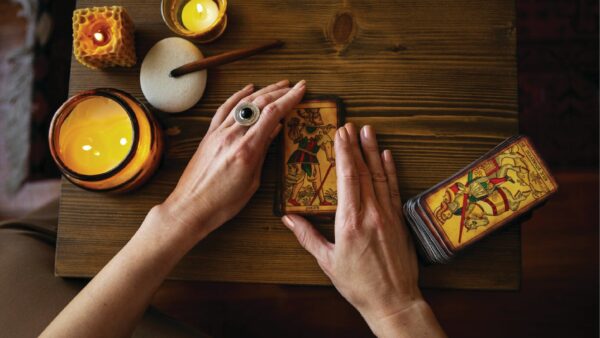Since the past year—when most people across the world are collectively battling loneliness, anxiety and fear due to the COVID-19 pandemic—messages about thinking positive, being productive and finding the bright side are rife. Whether you’re chatting with a friend or scrolling through social media, you’re likely to be flooded with conversations about how to take advantage of this time (bake bread! learn a new language! learn to cook!) and how to stay happy while everything is in flux around you. You might be doing it too, like urging a friend to smile through their stress or sending them funny cat memes to make them feel better. But, according to psychologist Tanya Percy Vasunia, these can be some of the most unhelpful things to say when someone is sharing what is worrying them. “It is not always healthy to polarise emotions as good or bad, positive or negative. It’s easier to categorise it as black or white as it takes less time. But life is all about shades of grey. It is what it is. It is what you are feeling, and it is something that needs to be acknowledged.”
What is toxic positivity?
When people use optimism in a way that causes other people to feel disregarded, that could be considered toxic positivity. “Toxic positivity is the flip side of control, where one is convinced that there could be no other outcome but positive. This is a rigid point of view that is a red flag for mental health. That means you can’t process failure. There are times you will be at war in your head, you will be bored, you will be disappointed. And that’s okay. What’s not okay is to pretend to feel okay,” explains Vasunia. Sanjeet Ray, a life and business coach, seconds this, saying that since being positive is the “popular thing to do,” people make being positive a task for themselves. “We are humans and not robots so we can’t only be positive or happy. There will be times of negativity and sadness and it’s okay. You need to allow yourself to feel those emotions as well.”
How can you deal with toxic positivity?
The more you avoid negative thoughts (like being upset, stressed out or disappointment) the more they’re likely to grow and take over your headspace. Pros say that it is important to validate how you and others really are feeling. “A constructive outlook is to take stock of your real emotions first. You can then sift through them and think about what you can control and what you can’t,” says Vasunia. To stop yourself from perpetuating toxic positivity, acknowledge that others may not cope the same way you do. While nudges and suggestions can be helpful, just being supportive and listening can mean more than giving advice. Asking how you can help or how you can be there is usually a better response than telling someone that it’ll all be fine.
At the same time, Ray says that it is okay to have boundaries in case you are not able to offer support. “If someone is experiencing something and is in pain, you need to decide if you have the bandwidth to deal with it in the best way,” he says. “If you think you can be there for them, serve as a sounding board to help them process their emotions. But if you can’t, put your oxygen mask on before helping others.”
If you are down in the dumps, do what comforts you instead of forcing yourself to be totally okay. “It could be 5 minutes in the shower, reading a trashy romance, ordering in your favourite food, doing yoga or going for a walk,” says Vasunia. And remember: you don’t have to shy away from sending someone a “you can do it!” text message if you think it’ll help, but having a more well-rounded approach to emotions may serve you better in the long run.
The article was first published in Vogue





